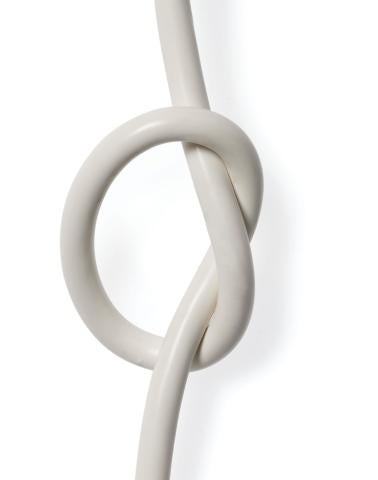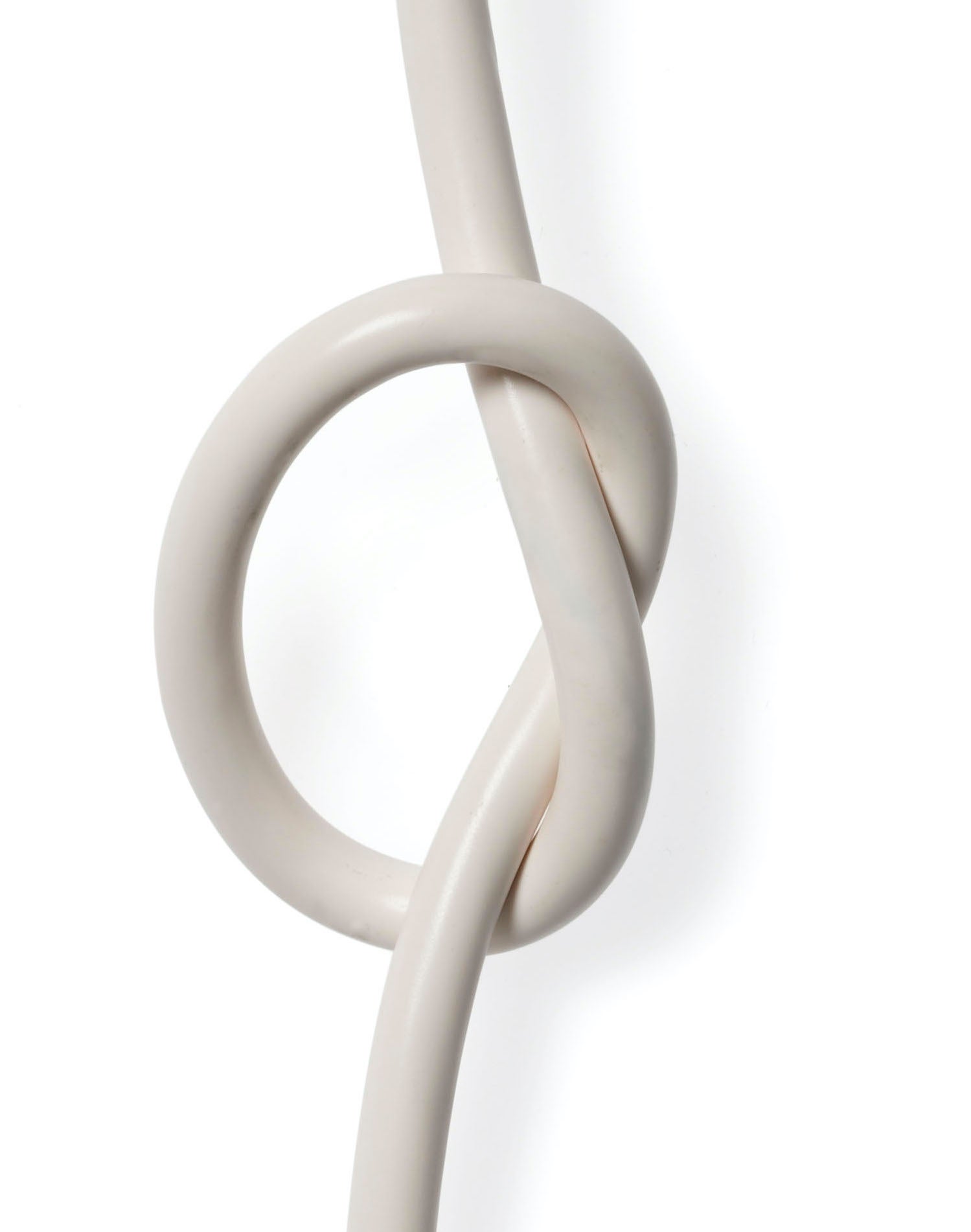Sterilization

Basic Info & FAQs
Sterilization is a procedure that closes or blocks your fallopian tubes so you can’t get pregnant. (Your tubes are where eggs and sperm meet. If they can’t meet, they can’t hook up.) Guys also have a sterilization option—a vasectomy blocks the tubes that carry a man’s sperm. It’s even safer and more effective than female sterilization. Talk to a health care provider to learn more and be sure to ask about state and federal requirements, like age restrictions and waiting periods.

For women, Laparoscopy, Mini-laparotomy, and Laparotomy are sterilization procedures that require an incision. Because these methods are surgical, they involve anesthesia. Recovery times vary from 1-2 days to a few weeks.
For men, an incision-based vasectomy takes about 20 minutes. It requires a shot of local anesthetic, then a doctor makes one or two incisions to the scrotum and blocks the tubes so sperm are kept out of his seminal fluid. No sperm, no pregnancy.


Essure was a procedure for women that did not involve surgery or anesthesia. The fallopian tubes were reached through the vagina, and micro-inserts were placed there. These inserts caused scar tissue to grow that blocked the tubes. Recovery for this procedure was “same-day” and wasn’t expected to impact normal activities, but it took several months for the scar tissue to form and make this method effective. Essure was no longer sold after the end of 2018.
The no-scalpel vasectomy method for men involves a tiny puncture that reaches his tubes, where they are then tied off, cauterized, or blocked. There’s no scarring, no stitches, and this procedure is known for healing quite fast without complications.

Total certainty
Before you get sterilized, you need to be absolutely sure you don’t want to have biological children. You can’t count on being able to get your tubes “untied” or undoing a vasectomy.
Who should get the snip?
Sterilization can be done for men or women, so if you’re planning to be with the same partner for a while, talk about who should get the snip.
No hormone worries
If you don’t want to use a hormonal method, this is one option. Plus, sterilization doesn’t change your body’s natural hormones—they’ll still pump through your body just like they did before.
Your family’s big enough
Maybe you and your partner have had enough kids already.
If pregnancy would cause serious health issues
If there’s a medical reason why you or your partner shouldn’t ever get pregnant, sterilization might be a good way to go.
Hereditary illness or disability
Some people have genes they don’t want to pass along to their kids.
What does it cost?
Thanks to the Affordable Care Act, if you have health insurance, chances are good that you’ll be able to get this method with no out-of-pocket cost. Explore your insurance options at HealthCare.gov.
Prices:
- With Medicaid: Free
- With insurance: Free for women under most plans. For men seeking a vasectomy, there may be a co-pay or you may have to pay a percentage of the cost of the procedure.
-
Without insurance: At full price, sterilization for women can cost anywhere from $500 - $5,000; a vasectomy can cost as much as $1,000. (But once it’s done, you never have to pay for birth control again.) Depending on your income, you may be able to go to a low-cost clinic to get a sterilization procedure at reduced cost.
-
Payment assistance: Some hospitals and health centers may offer assistance to women who don’t earn a lot of money but make too much to qualify for Medicaid. Contact the women’s health departments at nearby hospitals or your local Planned Parenthood health center to find out if assistance is available. You can also ask about Title X funding, Medicaid waivers, or other programs that could reduce the cost of sterilization.
How do I use it?
There are a few different sterilization methods available today, and they fall into two camps: Incision methods (you go under the scalpel) and non-incision methods (no cuts).
The incision methods include Laparoscopy, Mini-laparotomy, and Laparotomy. Laparotomy is the most major surgery of the three, but it’s also the least common. It requires a hospital stay for a couple of days and the recovery time can take weeks. Laparoscopy and Mini-Laparotomy are less intense, don’t necessarily involve overnight hospitalization, and recovery time is faster.
With the non-incision method Essure, a skinny, tube-like instrument passes through the opening in your cervix and uterus so that a small insert can be placed in each fallopian tube. Essure contains a 1 ½” metal coil; scar tissue forms around the inserts to block your tubes.
Non-incision sterilization is simpler and less expensive: actual insertion can take just three to 15 minutes, and you go home the same day. You don’t need general anesthesia or surgery, and you recover faster. Plus, no cut means no visible scar. You’ll need to use a back-up birth control method for three months, then have an x-ray to be sure the tubes are totally blocked. (The incision methods are effective immediately.)
You can read more about all of these procedures here: Association of Reproductive Health Professionals or find information about Essure from the manufacturers at www.essure.com.
The good & the bad
The Positive
- Have all the sex you want without ever worrying about pregnancy
- Do it once, and never have to think about it again
- No hormones introduced into your body
The Negative
- A very rare risk that your tubes may reconnect themselves—which could lead to a pregnancy
- Possible complications with surgery, like bleeding, infection or a reaction to anesthesia
- For the Essure method, the coils may move out of place.
- Also with Essure, the uterus could be damaged during insertion (this is rare)

